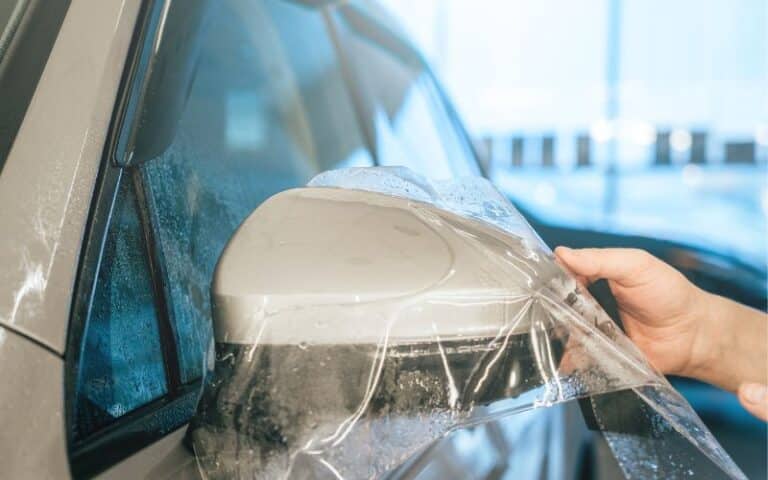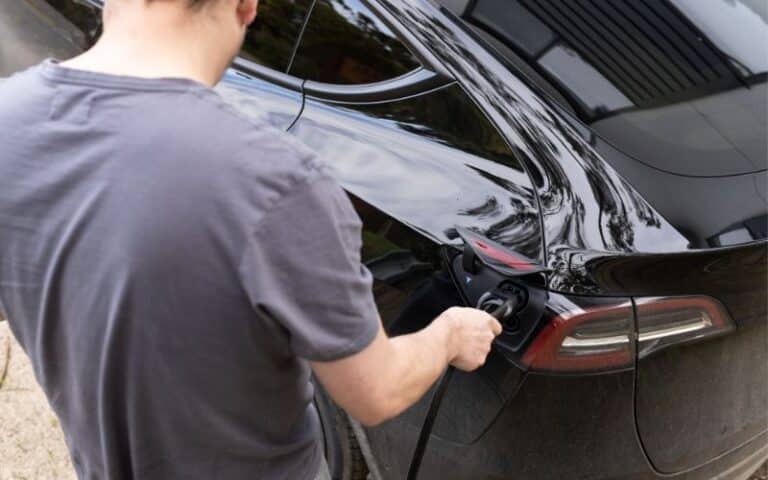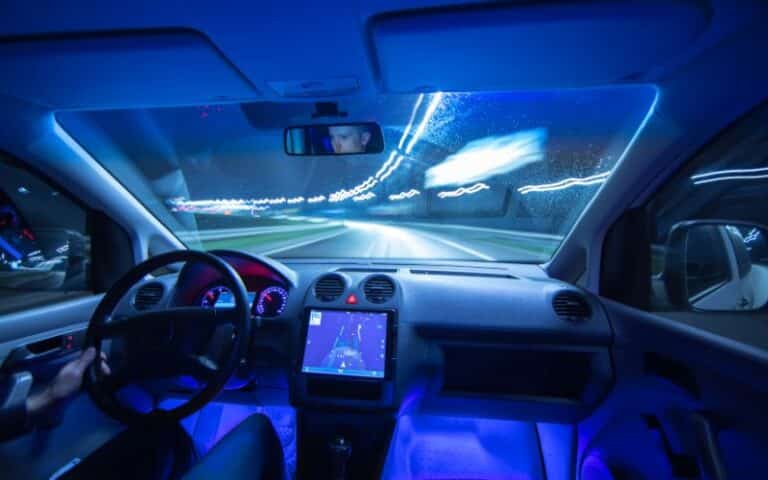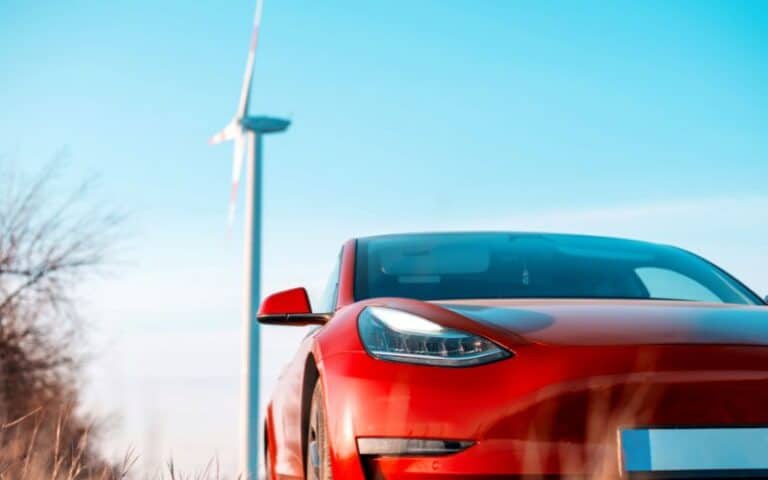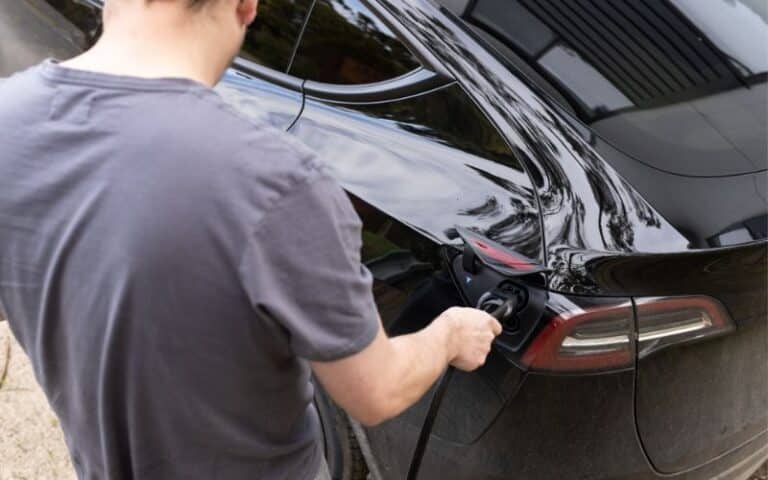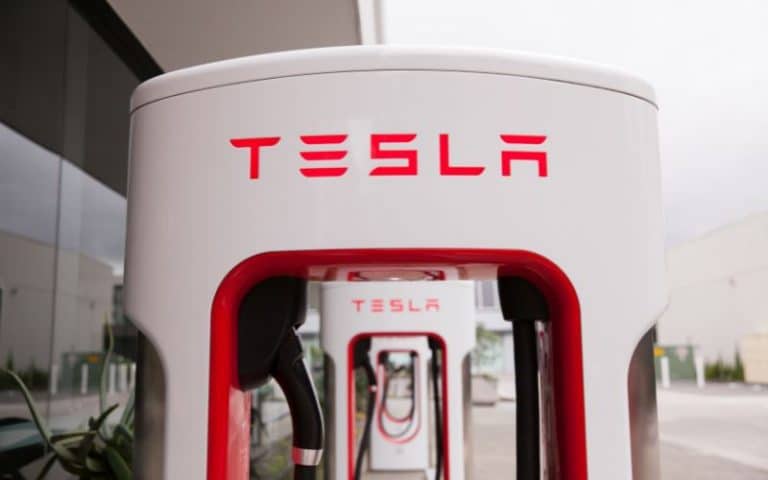Does The Tesla Glass Roof Get Hot? (Explained)
The glass roof is one of the most prominent features of Tesla, as it gives you an outdoor feel even though you’re not in a convertible car.
Since the roof is glass, should you worry about heat adsorption?
Tesla Glass Roof doesn’t get too hot due to its in-built coverings against Ultraviolet rays and tint on the glass that bounces away the rays. However, the glass’s outer panel gets warm due to its exposure to the sun. Occasionally, the sun’s rays might access the car’s interior; hence you need to purchase sunshades.
Do Teslas Get Hot With the Glass Roof?
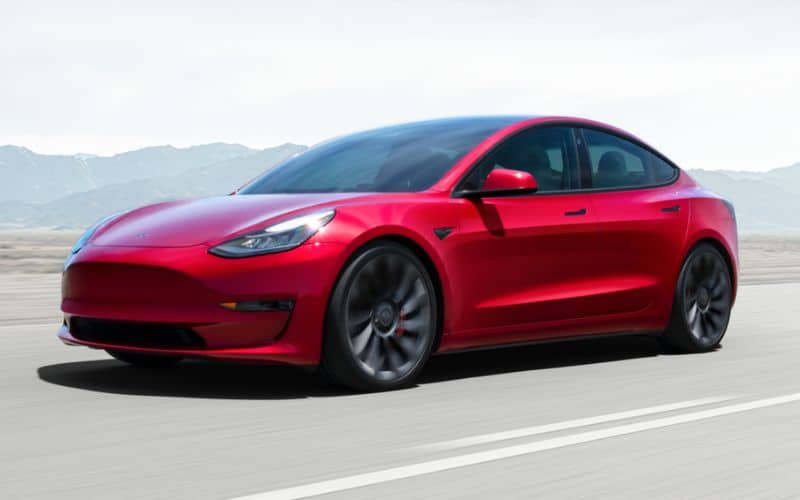
The Tesla glass roof does not get hot if it has some protective coverings and a dual-panel structure that prevents UV rays.
These features block virtually all the sun’s infrared rays without heating the car’s interior.
While the roof prevents sun rays, the outer section of the glass roof gets hot due to its exposure to the sun.
In some cases, some rays still find their way into the vehicle and make the passengers uncomfortable.
Hence, if you are experiencing heat in your car’s interior due to the sun rays coming from the roof, get a roof sunshade.
Does the Tesla Roof Block Heat?
Tesla glass roofs block heat and harmful UV radiation from reaching the passengers with the aid of multiple film layers in the glass.
Nearly 2% of a tint comprises various film types that do well in blocking sun rays.
For instance, a film known as (Polyvinyl Butyral) PVB combines all the individual layers.
And this combination of different film layers makes the glass a good reflector of solar rays.
Besides reflecting heat, all these work together to increase the flexibility as well as the toughness of the roof.
Due to this unique feature, a Tesla roof can absorb as much as 99% of the sun’s UV rays without shade. And make the travelers free from dangerous rays.
Thus, while they protect you from sunburn and your vehicle parts from damage, you can conveniently look at the sky.
How Do I Keep the Heat Off My Glass Roof?
To keep the heat away, your Tesla has a cabin overheat protection feature to help you out.
When you enable the feature, it automatically detects the high temperature in the vehicle.
Upon detection, this system expels the heat from the outer part of the glass roof.
At the same time, the heat can also enter the vehicle through the interior glass roof.
The cabin works by auto-detecting, especially if the temperature is up to 105°F and above; hence, it activates the A/C system to cool the vehicle by reducing the temperature.
With this, a reasonable amount of heat leaves the exterior and interior of the glass roofs.
The only downside of using the cabin overheat protection is that the Air Conditioning System consumes much power and will drain the battery.
#1. Use a Glass Roof Sunshade
The sunshade is one common implement for expelling heat from glass roofs.
Even though the glass roof might have an in-built UV protective covering, the sunshade will double the protection and complement the covering.
The sunshade will be effective even when you park your vehicle, especially when you don’t want to use the Air Conditioning System.
Here are some properties of the sunshade and their function;
| Property | Function |
|---|---|
| Reflective mylar film | Redirect light rays away from the roof. |
| Fibre layer | To increase strength. |
| Re-enforced thermal board layer | Thermal insulation. |
#2. Tint the Glass Roofs
If you’re a Tesla Model Y User, you should notice that the glass roof doesn’t have a tint but comes with UV protection.
Thus, to keep the heat away, opt for a tint. It won’t cost you much.
Tinting is worth every penny because it will never limit your visibility. Thus you can still enjoy the beautiful view that the sky offers.
Note that; some states don’t legalize tinting of vehicles while it’s legal in other states.
If your state doesn’t permit tinting, consider applying other alternatives to keep the heat away.
But if it’s legal, it’s advisable to allow a professional to install the ceramic tint.
#3. Parking in a Shade
This method helps in protecting direct sunlight from entering your Tesla, especially when you park your car to get something in a store or to charge the vehicle’s battery.
Using a parking shade will reduce the risks of losing all of the delicate interior parts in your Tesla to intense infrared rays.
One drawback of this method is that a parking shade isn’t always available, and it’s only applicable when you aren’t driving. So, what’s the way out?
Turning on the air conditioning system to keep the vehicle cool is advisable. You might think the air conditioning system would consume a lot of energy.
The energy to maintain the vehicle’s coolness is less than expelling the heat.
You can use this method when charging the battery since you’ll be using the power from the power source, not the battery.
However, suppose you plug the charger into a socket of fewer than ten amps. In that case, the air conditioning will need additional power from the battery.
Conclusively, using the air conditioning system will no longer be possible if the battery life goes below 20%.
Tesla’s Glass Roof. How hot does it get? Summer test
Is Tesla Glass Roof Safe?
By assessment of physical appearance, the glass roof should be the most delicate part, but the reverse is the case for Tesla.
The Tesla full-glass roof is exceptionally safe and reliable. Even during a severe auto crash, the glass roof proves strong and durable enough to withstand heavy clashes.
The glass roof model 3 can withstand a massive force of over 20,000 lbs (9,071 kg).
And it also supports the stability of the vehicles, which seems impossible conventionally.
A mind-boggling feature of these roofs is that they can easily hold a load five times its weight.
One can confidently say that the glass roof’s strength is more than that of every heavy metal on the vehicle.
Before Tesla began to let cars out for sale, they subjected the glass to roof crush and rollover tests to determine the glass’s toughness and safety.
Following those exercises, they undergo heat tests to know how much the glass can withstand heat.
Isn’t that enough to make you feel safe under a Tesla glass roof?
#1. Is It Safe For My Tesla Glass Roofs to Have an Orange-Red Coloration?
It’s safe to have an Orange-red coloration or color of “rust.” It’s for your safety.
If you consistently notice this appearance, you are possibly using a Tesla Model X, 3, or S.
The Orange-red is just a clear reflection of the in-built protective layer in the glass roof that stops the sun’s UV rays and heat from reaching your vehicle’s interior. Amazing, right?
The glass roof remarkably reduces the heat in your transmission cabin instead of using the air conditioning system. As a result, your car will save a good amount of energy.
However, you might wonder how it appears abruptly on your vehicle’s roof.
Surprisingly, the orange-red is always on the roof, but it’s less visible. The color is just a view of the infrared wavelength within the glass.
Usually, the wavelengths aren’t visible because our naked eyes can see beyond the spectrum of white light.
But when a good reflector of these wavelengths, like water droplets after rainfall or morning dews, comes in contact with the glass, you will easily notice the color.
Final Thoughts
Tesla glass roofs are one of the best innovations of Tesla vehicles. Besides beautifying the car, they also protect it against harsh conditions.
The glass ought to be delicate, but it’s indeed the strongest part of the vehicle. Furthermore, the glass roof protects the vehicle’s interior from UV rays.

